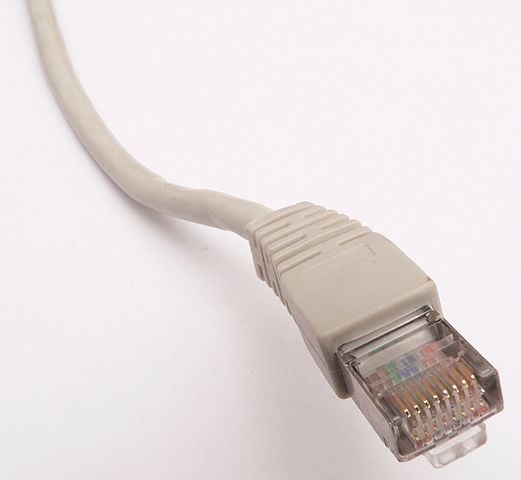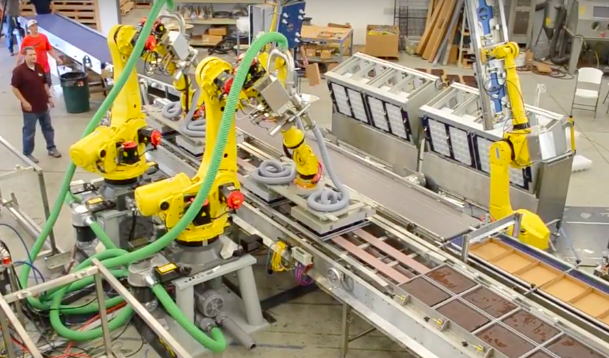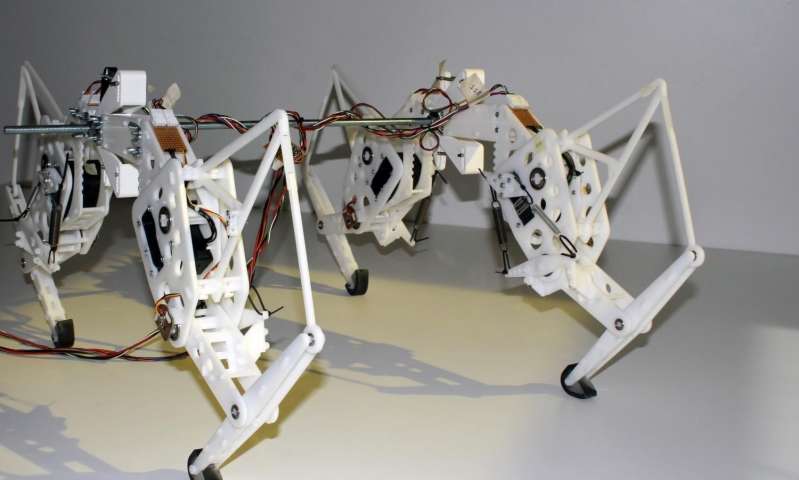Robots create Jobs
Posted on Feb 02, 2012 2:00 AM. 2 min read time

At the 19th Annual Robotics Industry Forum in Orlando Florida, Mike Wilson, President of the British Automation and Robot Association presented a study called: Positive Impact of Industrial Robots on Employment, which included information and statistics on robots and job creation. This study was sponsored by International Federation of Robotics and conducted by Metra Martech, a market research company.
Often when we think of robotic insertion into the workforce, we think of robots replacing humans and thus increasing unemployment by putting people out of work. This however is far from the case today as Mr. Wilson pointed out, that because of “Direct employment due to robotics: 2 to 3 million jobs (are) created in world manufacturing. That is 2 to 3 jobs per robot in use.”
So where and how are these jobs created. Five areas of job creation were highlighted.
-
Robotics industry and operation
-
Where precision or consistency requires robots
-
Where poor working conditions are overcome by the use of robots
-
Where a sector which fails to use robots would be uncompetitive in world terms
-
Downstream jobs created by new products and services
If we look at each sector independently we can easily see where job creation occurs and why robots are often the best and most likely candidates for some job types.
First then, the robotics industry: obviously creating robots for the moment takes humans, analysis for the varied implementation and mechanization of robots creates highly skilled work. The second category, precision or consistency: is really where robots excel and where such varied applications as the daVinci surgical system , and laser cutting applications come to mind, but there are many other processes which require the minute manipulation which robots can ideally execute. Thirdly, poor working conditions, such as the Fukushima nuclear power plant, natural disasters like earthquakes, fire or bomb threat situations and mining are also ideal environments for robots, though much more mundane factory working conditions are probably where robots are most useful in improving the quality of life for the largest numbers of people. This category probably best promotes robotics as there is little objection when robots can work in places where human safety would be compromised . Fourth, using robots to improve company competitiveness, this was recently reviewed in my last blog and was specifically discussed in a recent Economist article, examples are generally given of improved production efficiency by studying and improving the production processes. And finally fifth, jobs created by new products, like the Bobsweep, a Toronto based company providing a robotic vacuum. These products also create downstream jobs in distribution, marketing, product technical support and customer service. So...robots DO create jobs!
This study should cause us to rethink our attitudes towards robots and recognize the robotics industry for the jobs it can generate in the global economy of the future.









Leave a comment